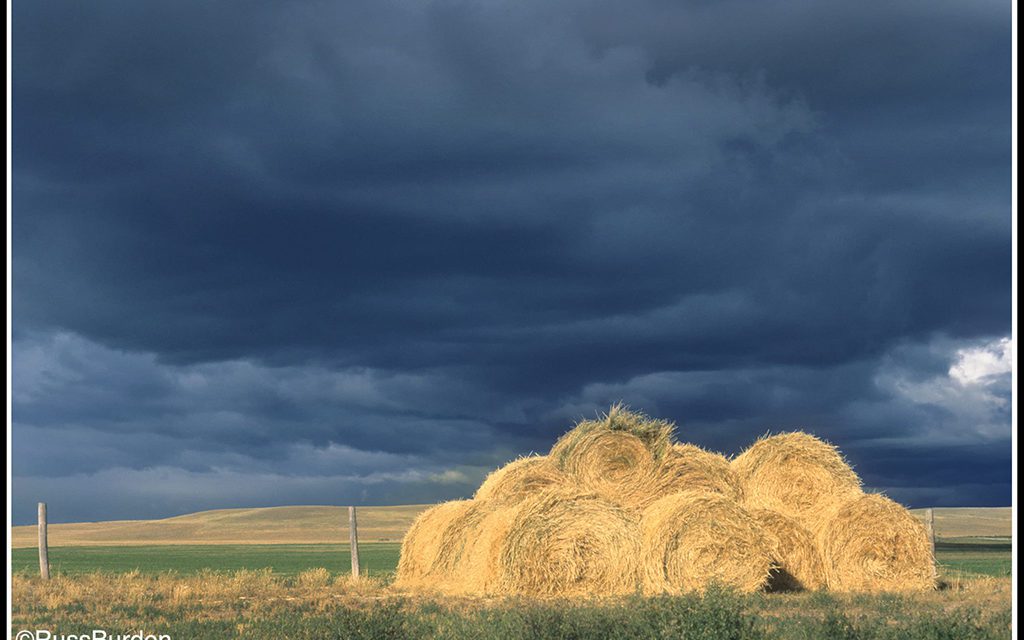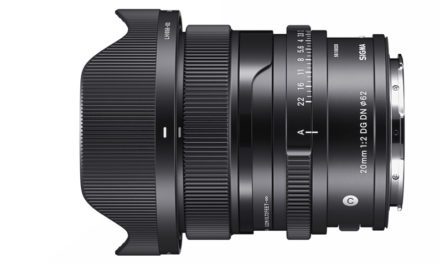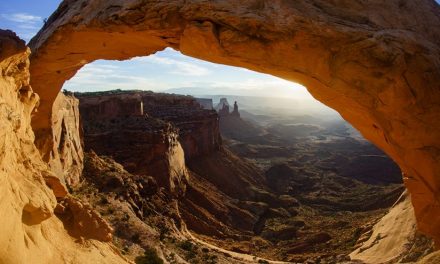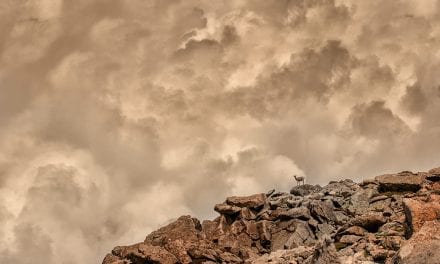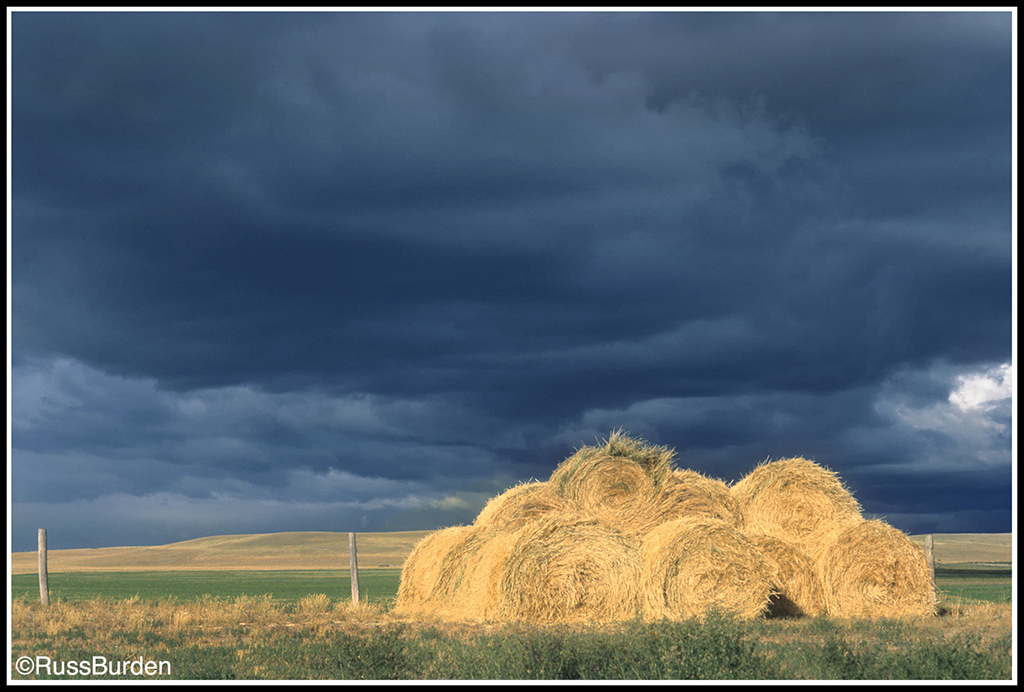
As my photography evolved, it became more and more obvious that the most critical piece that dictates the success of a photo is the light. It grew so evident that it’s become my business motto: “It’s all about the light.” I even parlayed that slogan into a few more:
“I’d rather photograph a mundane subject in great light than a great subject in flat light.”
“Edit before pressing the shutter.”
“The background is equally as important as the subject”
And finally, “It’s not the number of pictures you take home, it’s the quality of the light in the ones you keep.”
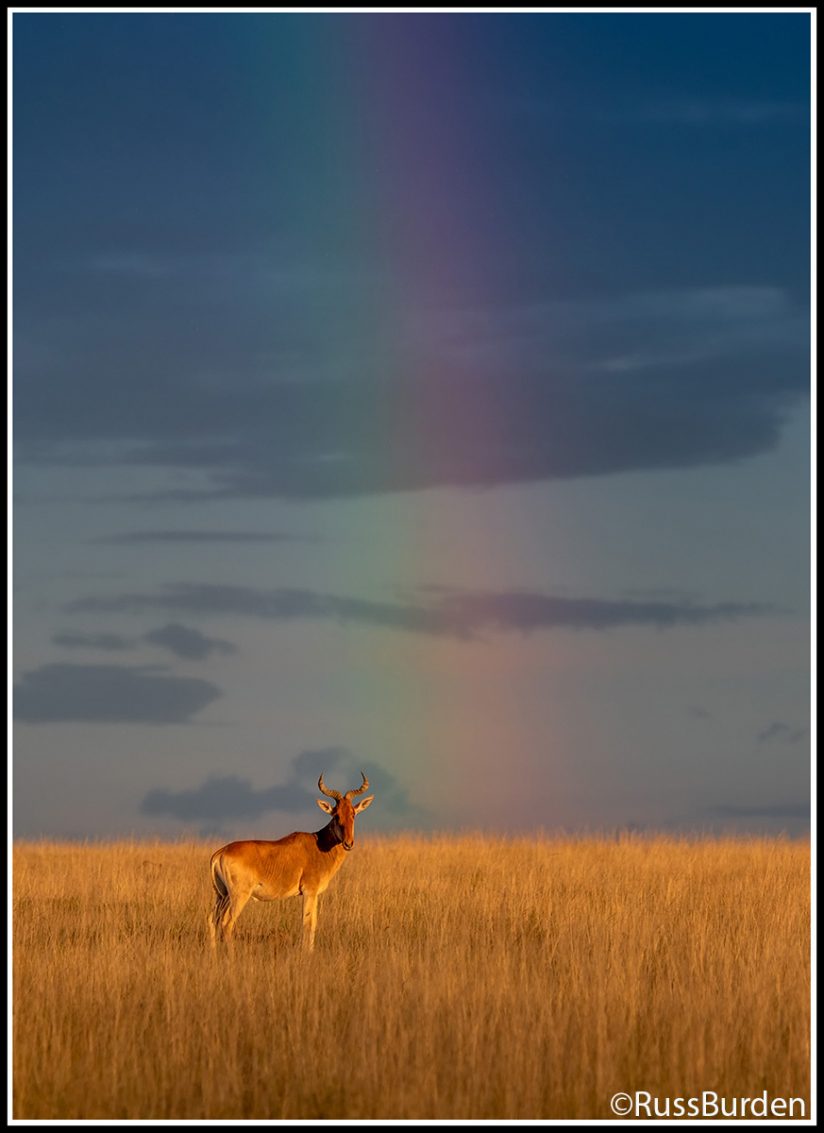
The quality of light brings me to the premise of this article—the drama of storm light. Storm light has impact, is short lived and tough to find, but the unique quality of the photos upon which it’s bestowed is what it’s all about. If you’re a storm chaser, I’m sure you’ve spent a lot of “shot-less” sessions in the field, but when it happens, they melt away the bad memories and slow days. Here’s how to best capture incredible light in your landscape images the next time a storm comes your way.
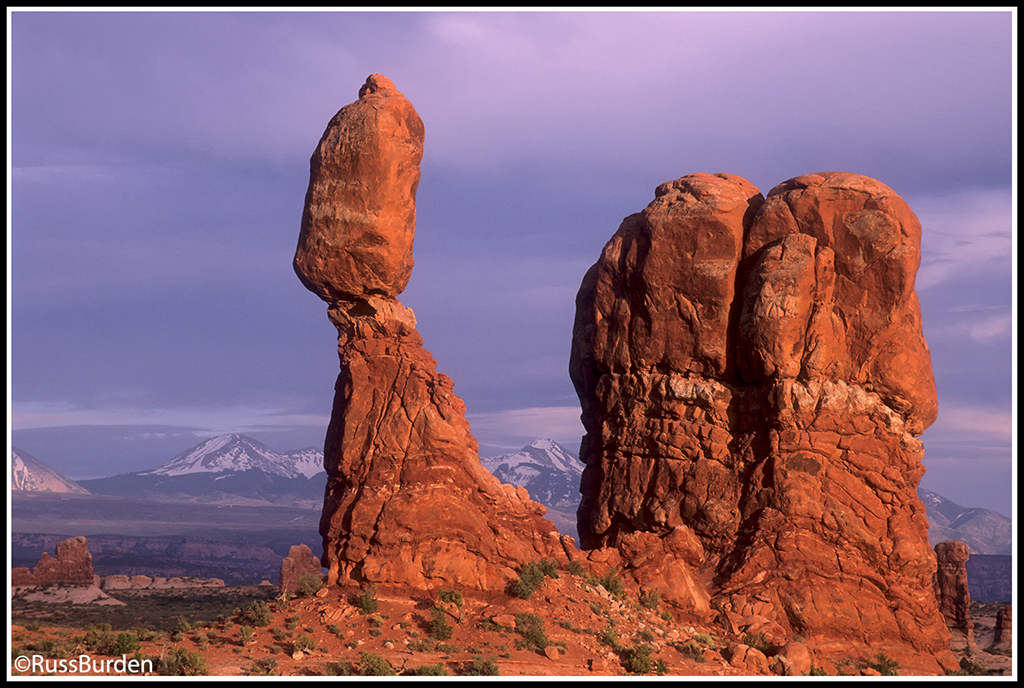
Safety First
If it’s your intention to go hardcore and chase storms, safety should be your number one priority. Storm light is often associated with low light and often necessitates the use of a tripod. Be aware that your tripod can act like a giant lightning rod. Additionally, if you’re in a flat area and you’re the tallest item in a field, you too are a lightning rod. If there’s a lot of electrical activity, work from inside your vehicle. Also, try to stay ahead of the storm and use a long lens so you can remain in a safe location.
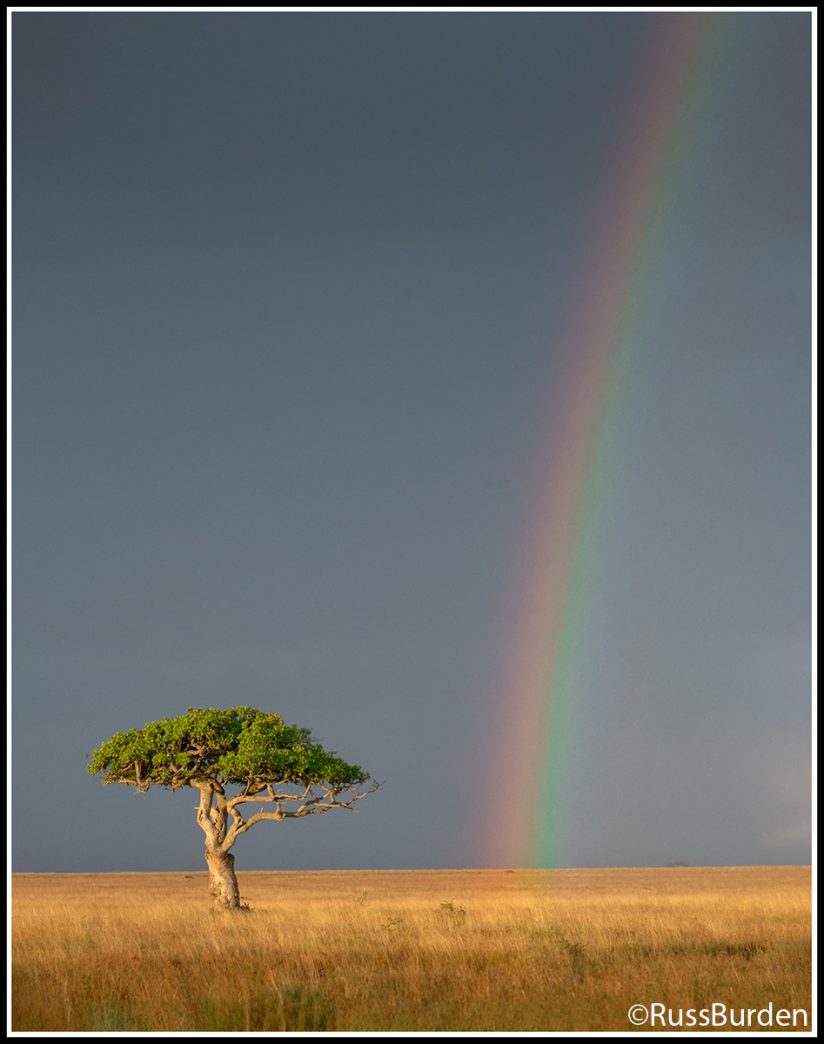
Check And Trust The Local Weather
The best way to forecast the weather is to look out the window. I was leading a tour to Bryce Canyon National Park and the forecast was terrible. This puzzled me when I saw a shadow appear while I was in the vehicle. I quickly drove to a favorite location and we wound up with a very satisfying sunset session—local weather seen in person is the most accurate forecast. The internet is a great source of information as you can zoom into where clouds and weather disturbances appear to see if there’s an impending break. A sudden buildup of strong winds often puts you on the edge of a storm. These times produce great photographic potential.
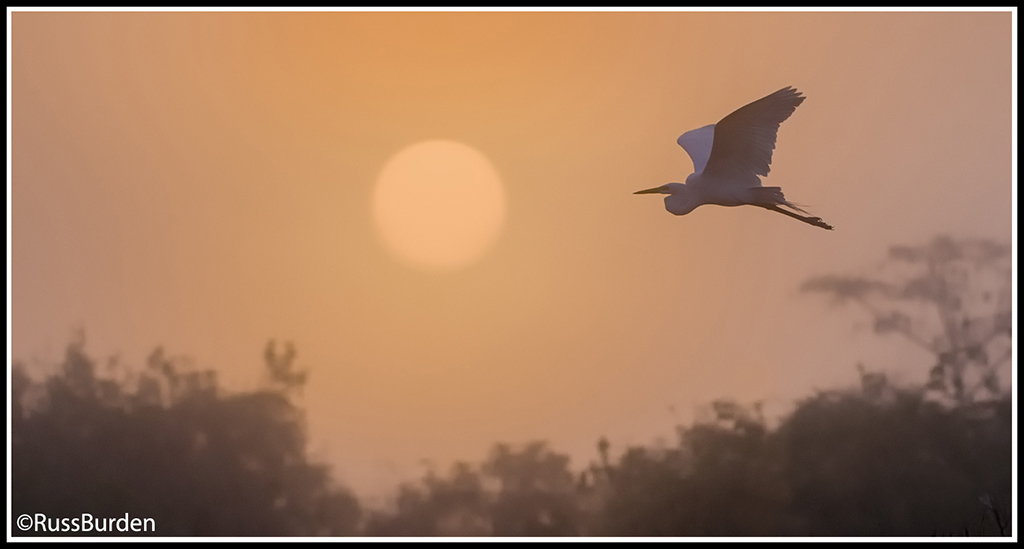
Be Patient For Storm Light
Another advantage to monsoon light is it constantly changes. It can be short lived or go on all day. Don’t give up on it just because the sun breaks for 90 seconds and thick clouds now obliterate it. Another opening in the clouds may be an hour away and it may provide even more drama than the hole you just experienced. The subsequent opening may last 10 minutes. A rainbow may magically appear on the opposite horizon. A window of light may illuminate the key formation in the landscape or spotlight the animal walking the plains of the Serengeti. Learn to take full advantage of it when bequeathed to you. The photos you create may be the best you ever make.
To learn more about this subject, join me on a photo safari to Tanzania. Visit www.russburdenphotography.com to get more information.
The post Storm Light In Landscape Photography appeared first on Outdoor Photographer.

